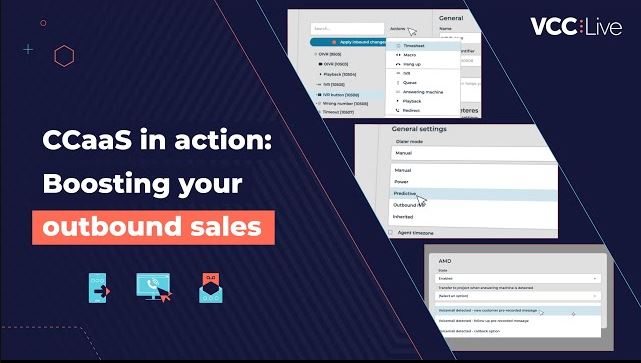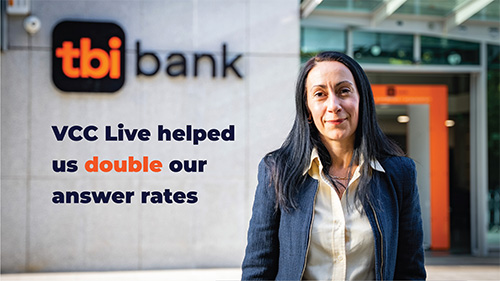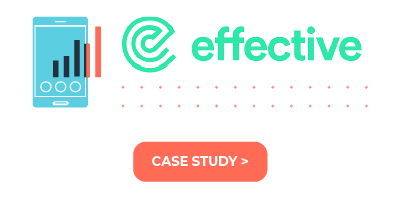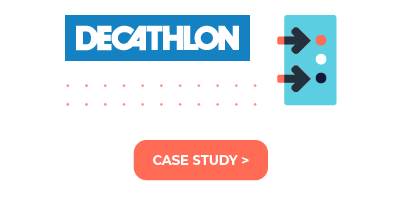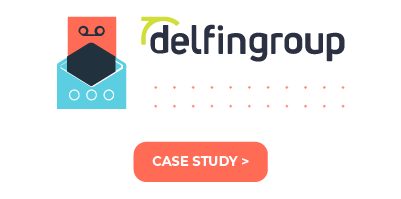April 2024
Using different authentication methods with webhooks
Previously, when you were using webhooks in VCC Live (e.g. disposition, IVR, global, or email webhooks), you were only able to pass authentication information in the URL or the body of the webhook request.
We have now added a capability with which you can add various authentication options to your webhook request. Basic authentication information can now be passed as username and password in the request, while you can now pass e.g. bearer tokens or API keys in the header as well in the new Header section.
Use OAuth login with VCC Live for Salesforce
OAuth login for agents is now available for VCC Live for Salesforce and VCC Live for Hubspot. With this functionality, agents can log in anytime with a single click. You can also manage agent rights from your own Active Directory and automate user setup in VCC Live with the correct credentials. Read more about it here.
Other updates
- The system now sends a notification and inactivates a webhook if it results in many failed requests. Webhooks are inactivated after 1 million failed requests on an account level, but a notification is already sent after 10,000 failed requests.
- Tamil language is now available for Text-to-speech
- Transfer to phone numbers in the phone book appears now on a separate tab and the user doesn’t need the right to be able to transfer calls to any phone number anymore.
- CDR log and API endpoints now include whether the call was analyzed by AMD or not.
- Predictive and Power dialer logic now considers calls with Machine dispositions as unreached customers
- Various other errors have been fixed, solving problems such as:
- After attended transfer, the customer’s phone number wasn’t displayed
- Voice Record IVR process could be inserted in places in the IVR where it didn’t work
- Certain emails couldn’t be opened by a supervisor
- ‘Not allowed transfer’ was displayed to the agent in some cases when attempting attended transfer
- The network information page now only loads 10 elements by default and the user can navigate to the next pages of users
- Users’ states in some cases changed during the call when the user clicked on the call button twice
- Added fields in column presets in User-based statistics didn’t appear while editing
- The performance of the export function has been increased in case the export includes the name or the URL of the voice file
- Automatic project login didn’t consider when an agent was unassigned from a project or a team
- Facebook pages didn’t appear in the Facebook Messenger menu after a successful integration
- In some cases, agents got into Technical break status multiple times if an inbound call got dropped while ringing

